Hazy, Hot And Humid, A Mid-Summer Hike At The Susquehanna Wetlands
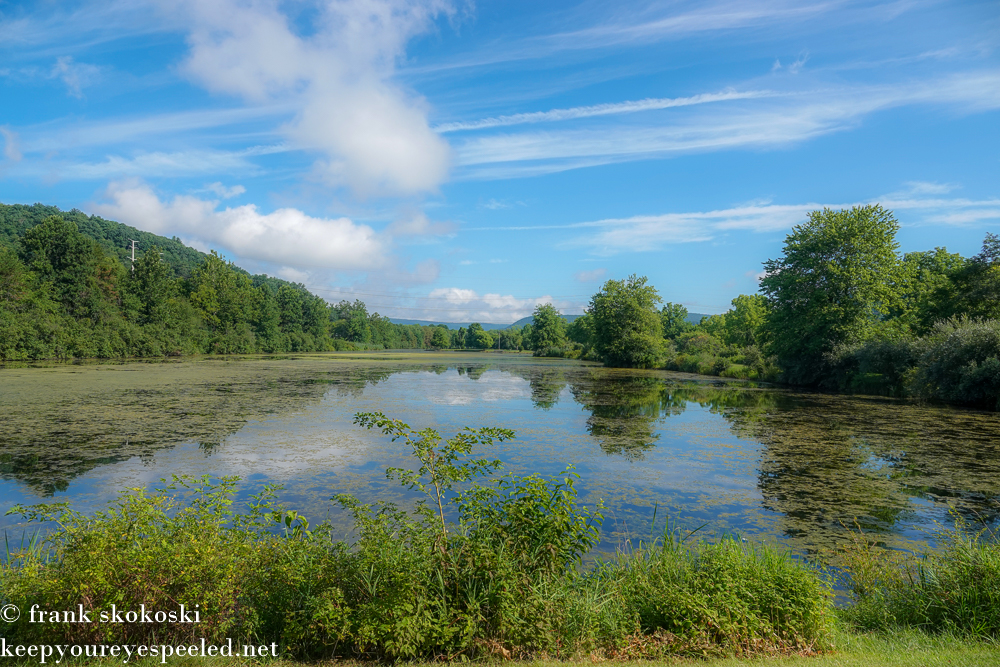
It’s hard to believe it is mid-Summer already. July passed like the wink of an eye, for me anyway. It is August, and although the Summer is half over , we had an old fashioned heat wave this past week, with temperatures soaring into the 90’s here in Northeastern Pennsylvania. I decided to hike in the Susquehanna Wetlands to see how the heat affected my favorite hiking trails. We finally had a few thunderstorms Friday evening and there was a thick fog along the Susquehanna River when I arrived at the wetlands early Saturday morning. 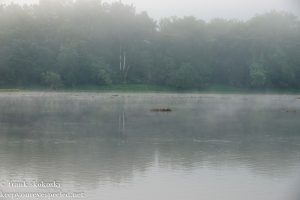
The rain from the thunderstorms did little to replenish the waters of the river. It is as low as I have seen in since I started hiking in the wetlands about 10 years ago. You can walk along the river below it’s banks on the exposed shoreline. Many rocks on the river bed were now protruding above the shallow waters. I am pretty sure I could walk across the river now. Our area needs a good soaking rain. 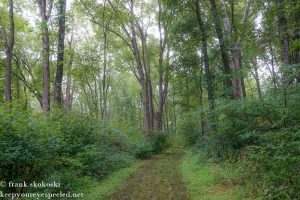
Despites the dry conditions the vegetation in the wetlands was still mostly lush and green. However goldenrod flowers now blooming in the wetlands are a sure sign it is mid-Summer and that longer nights and cooler weather would soon be upon us. This wildflower is often blamed for allergies in humans but this is not correct. It is ragweed that caused allergies in humans. There are many different species of this plant which is actually a good food source for bees, wasp, flies and butterflies. This is early goldenrod, 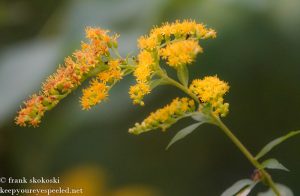
and growing nearby was Canada goldenrod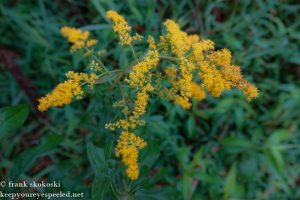
Purple loosestrife also bloomed along the ponds and canals in the wetlands, providing food for insects and bees. 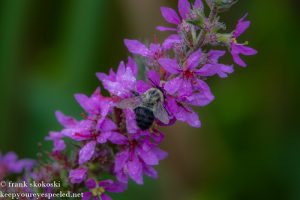
Walking along one of the ponds I saw this green heron perched on a log. It watched me for a while,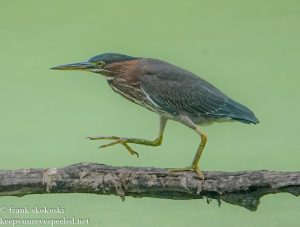
and then decided to fly off, joining other green herons I heard in the distance. They have a loud croaking call which is unmistakable. 
Some trail work was done in the wetlands and I walked on a now widened and clear path to the Waterfowl pond. I saw a few wood ducks, mallards and a great blue heron but they all flew off before I could get any photos.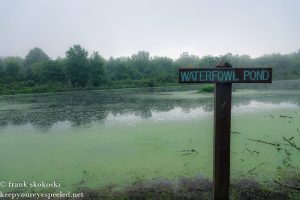
As I was leaving the Waterfowl Pond I noticed these eyes staring at me from under a duck weed covered pond.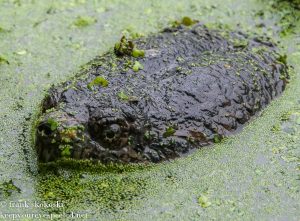
They were the eyes of one of three large snapping turtles I saw partially submerged under the duck weed. 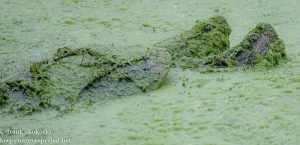
I also saw this muskrat sitting on a submerged log and feeding on the nutritious duck weed. 
The cicadas were not active yet, and I believe the noisy red-winged blackbirds have already left the wetlands and started their journey south so it was pretty quiet in the wetlands, until I heard the cheerful song of this Carolina wren. It sang on a tree branch, was joined by another Carolina wren then flew off. 
I also saw this song sparrow. Looking at it’s very fine feathers I think it may be a fledging hatched this year in the Spring. . 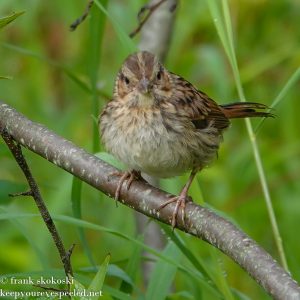
There weren’t many wildflowers blooming in the wetlands but there were a lot of berries including this edible blackberries, 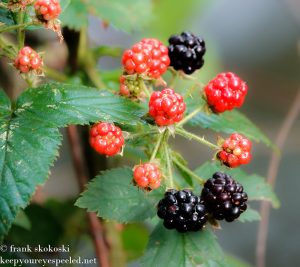
these false Solomon seal berries ,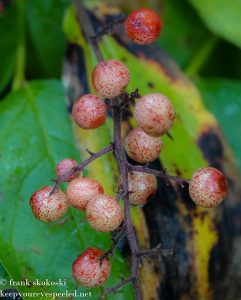
these poisonous nightshade berries.. 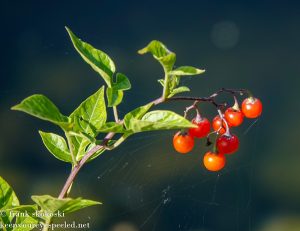
I continued my walk through the wetlands and toward the river lands. Along the way I saw this squirrel scurrying across the path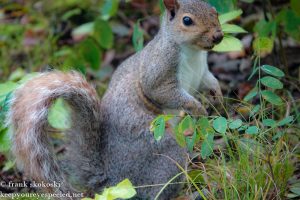 .
.
I walked back to the river and saw this belted kingfisher perched on the branch I usually see one, and sometimes a bald eagle. 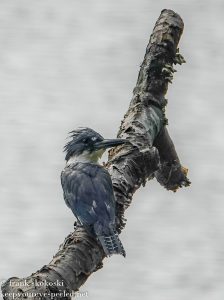
The belted kingfisher quickly flew away as I approached. 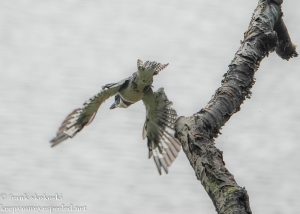
I continued my walk to the river lands area of the nature preserve, 
and saw this young gray catbird preening it’s feathers, 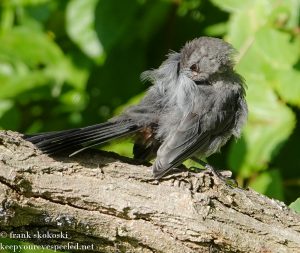
I believe it was also a fledging. 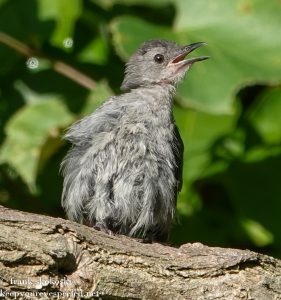
There were some mallard and wood ducks in the wetlands too. 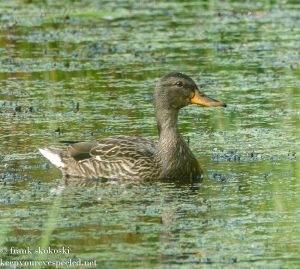
Before entering the river lands I walked on the access road back down to the river. The mid-Summer sun had just about burned off the thick morning fog, and quickly heated up the wetlands. The cicadas love the heat and soon were serenading the woodlands with the piercing, but soothing songs. 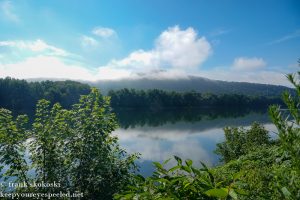
There were a few yellow flowers blooming along the road including common mullein, 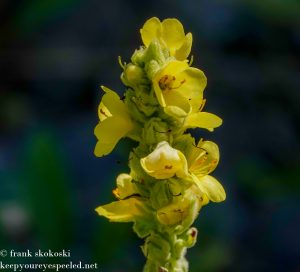
I next walked into the river lands and along the trail between Lake Took-A-While and the old canal. 
Here I saw a few song sparrows feasting on some caterpillars, 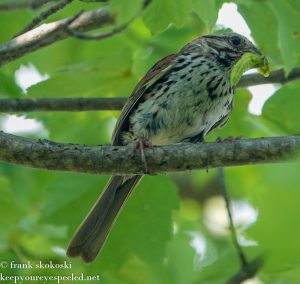
There were no Canada geese on the lake this week, and I didn’t see or hear the belted kingfishers, 
but as I was starting my return hike I saw this red-tailed hawk fly overhead. 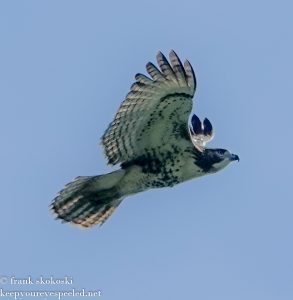
It’s shrill cry echoed the river lands. They are beautiful birds. 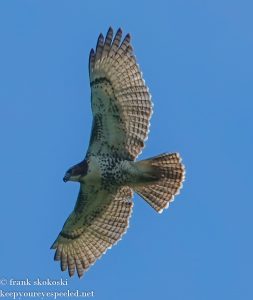
Buzzing along the trail were swarms of cicada killer wasps. These huge wasps look threatening but are actually very docile., 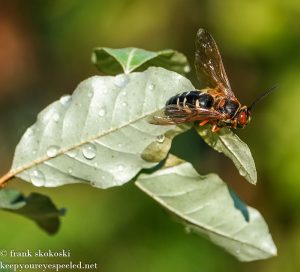
There were also some dragonflies hovering above the waters of the lake and canal. 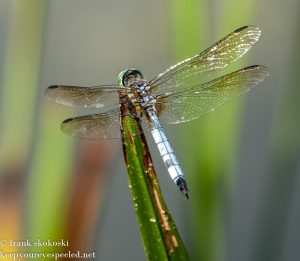
It was getting hot now, temperatures were in the mid 80’s when I returned to the shade of the wetlands. 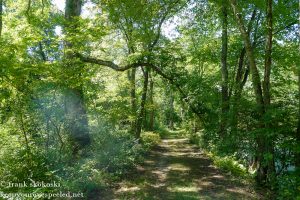
and some beautiful wood ducks. They would be the last critters I saw on my hike. Here is a link to a gallery on my blog website with some more photos of the birds and other critters I saw on my mid-summer hike. Susquehanna Wetlands critters August 6 2022. 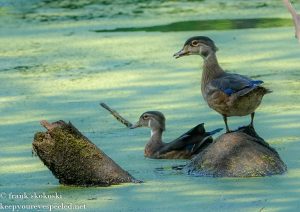
I finished my five mile hike as the mid-Summer sun filtered through the thick canopy of leaves. The cicadas were loud and their piercing sounds echoed in the wetlands. It was a bit of an exhausting hike in the heat and humidity but I was glad to see, and share some wildlife and wildflowers. I love Summer. Here is a link to some more photos of my hike in the wetlands. Susquehanna Wetlands August 6 2022. 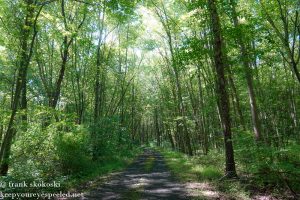
The first week of August hangs at the very top of summer, the top of the live-long year, lke the highest seat of a Ferris wheel when it pauses in its turning. The weeks that come before are only a climb from balmy spring, and those that follow a drop to the chill of autumn, but the first week of August is motionless, and hot. It is curiously silent, too, with blank white dawns and glaring noons, and sunsets smeared with too much color. Often at night there is lightning, but it quivers all alone.
Natalie Babbitt
Categories

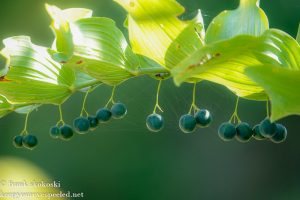
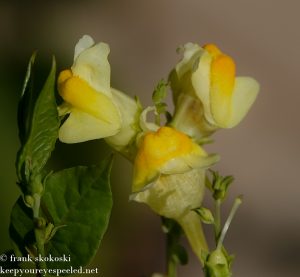
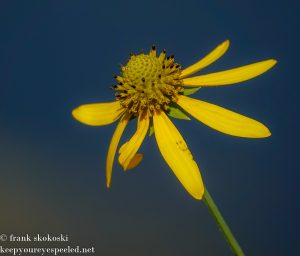
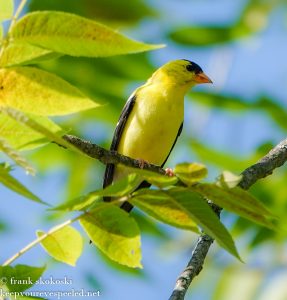
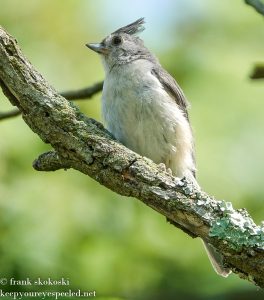
Recent Comments